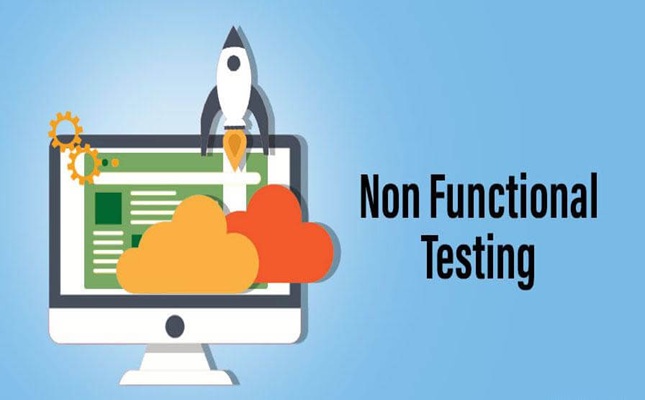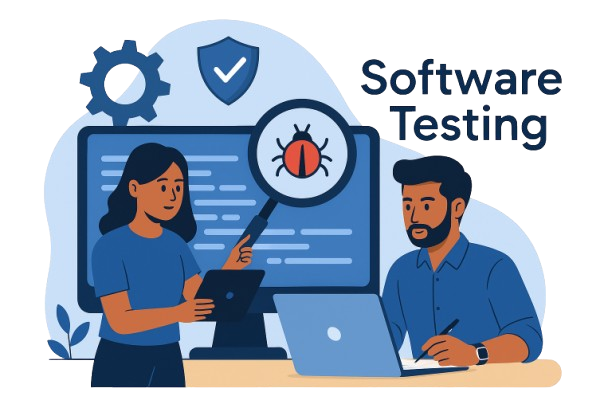Verifying Every Feature Works Exactly as Intended.

Functional Testing
• Unit Testing – Tests individual components or modules.
• Integration Testing – Checks data flow between integrated modules.
• System Testing – Verifies the complete system against requirements.
• Acceptance Testing (UAT) – Validates the system with user requirements.
Validating Performance, Security, and User Experience Beyond Functionality.

Non-functional Testing
• Performance Testing – Checks speed, scalability, and stability.
• Load Testing – Evaluates system behavior under heavy load.
• Stress Testing – Assesses performance under extreme conditions.
• Usability Testing – Measures how user-friendly the application is.
• Security Testing – Ensures data and systems are protected from threats.
• Compatibility Testing – Verifies performance across devices, OS, and browsers.
Human-Centered Testing to Ensure Real-World Accuracy and Usability.

Manual Testing
• Regression Testing – Ensures new updates don’t break existing features.
• Smoke Testing – Verifies basic functionalities after a new build.
• Sanity Testing – Confirms minor bug fixes or functionality work correctly.
Ensure Seamless User Experience Through Real-World Interaction Testing.

Automation Testing
• Manual Testing – Performed by QA testers without automation tools.
• Automated Testing – Uses scripts and tools (e.g., Selenium, JUnit) for repetitive tests.










